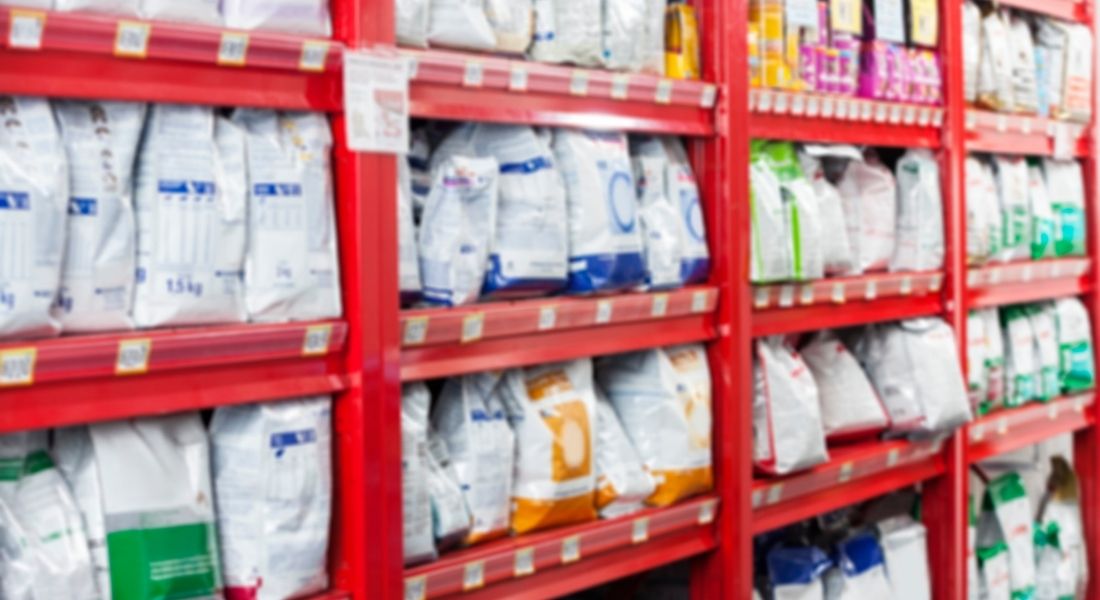How Packaging Influences Consumer Pet Food Choices
Pet companionship, already so important to so many in the US, increased in importance during the pandemic of 2020 to 2022. According to a survey conducted by The American Pet Products Association (APPA), pet ownership rose to 70 percent of US households in 2020.
Predictably, APPA’s survey also reported that pet product sales burgeoned during the same period, with a high percentage of pet owners reporting they spent substantially more on their pet(s) during 2020: spending on pet food rose 11 percent. Those in the pet products industry took note, including attending to how packaging influences consumer pet food choices. Here are some factors pet owners consider when confronted with packaged pet food.
High Quality, Realistic Graphics
Pet owners respect their animals and are no longer attracted to cartoonish depictions of their companions. The trend in pet food packaging is toward high-definition images of popular breeds and realistic-looking mutts and cats.
Human Food Equivalent Descriptions
Pet owners that have adopted specialized diets for themselves tend to extend that interest to their pets. Pet food producers have adapted their product formulations so they can truthfully use phrases like “organic,” “gluten-free,” “grain-free,” or “non-GMO.”
Premium Look
Consumers tend to view certain colors or typefaces as indicative of a luxury or premium product. Pet food producers have responded by using black backgrounds for their logos and graphics on pet food packaging, perhaps evoking the ethos of legendary black credit cards that are only available to the “1 percent” status customers.
Sustainability
Along with human-food equivalency, pet food purchasers are interested in sustainability. This applies to both the packaging and the ingredients. Conscientious pet owners want to know that what’s in the pet food is responsibly sourced and that the animal feed packaging the pet food is in is recyclable.
There is no question that packaging influences consumer pet food choices. For pet food manufacturers, getting ahead of the visual interests and nutritional concerns of millennial and Gen Z pet owners is key. Doing so can move a pet food product from the shelf (or the screen) to the cart, turning perusal into a purchase.




